Foundation Wall Bracing Importance
Foundation wall bracings are essential components in maintaining the structural integrity of basement and foundation walls. They provide lateral support during construction and can prevent wall movement or collapse caused by soil pressure, water pressure, or shifting ground conditions. Proper timing for installing bracings ensures stability and safety during the building process.
Bracings are typically installed during the early phases of foundation wall construction, once the walls are poured but before backfilling. This ensures walls are supported against lateral forces as they cure and gain strength.
Installing bracings at the correct time reduces the risk of wall cracking, shifting, or failure. It also facilitates safe excavation and backfilling processes, minimizing potential delays.
The optimal phase for installing wall bracings is immediately after concrete curing and before backfilling. This timing provides maximum support during the critical curing period.
Weather can influence the timing of bracing installation. For example, in colder climates, bracings should be installed promptly after concrete curing to prevent frost-related issues.

Workers position supports immediately after wall curing to stabilize structures during backfilling.
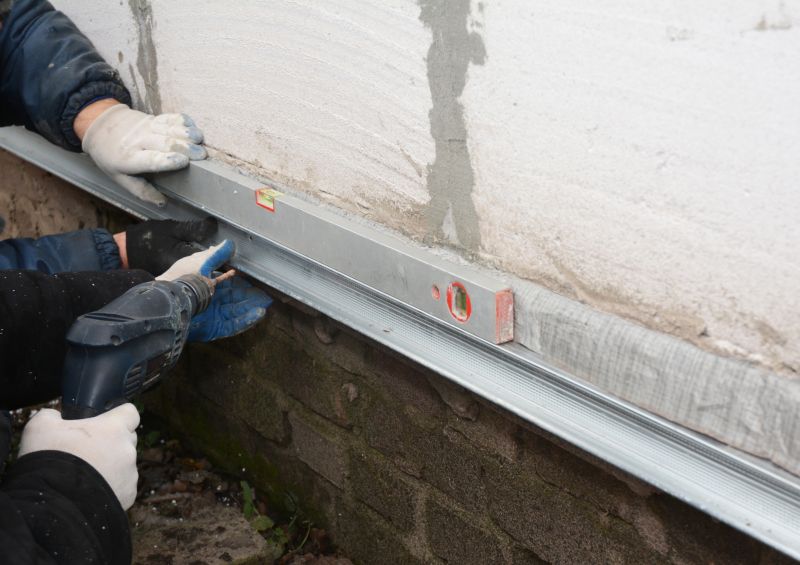
Bracings provide critical lateral support to prevent wall movement when soil is added around the foundation.
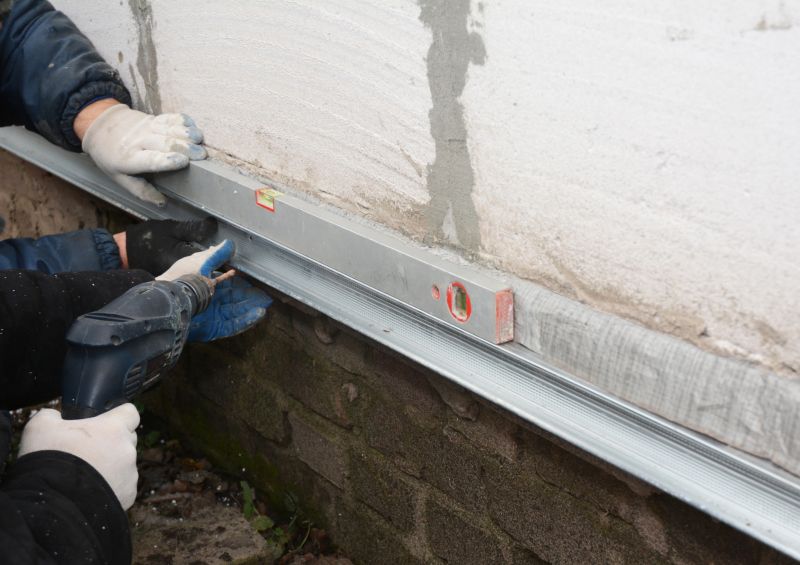
Regular inspections ensure bracings are properly maintained until the foundation is fully stable.

Ways to make Foundation Wall Bracings work in tight or awkward layouts.
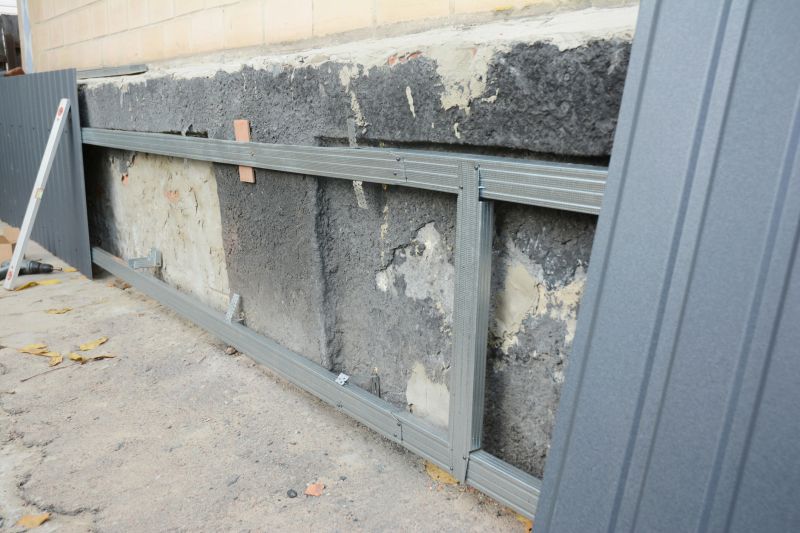
Popular materials for Foundation Wall Bracings and why they hold up over time.
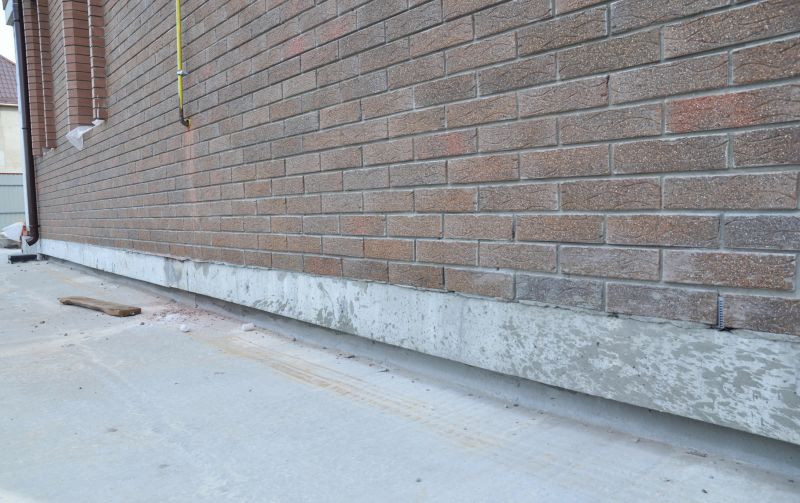
Simple add-ons that improve Foundation Wall Bracings without blowing the budget.
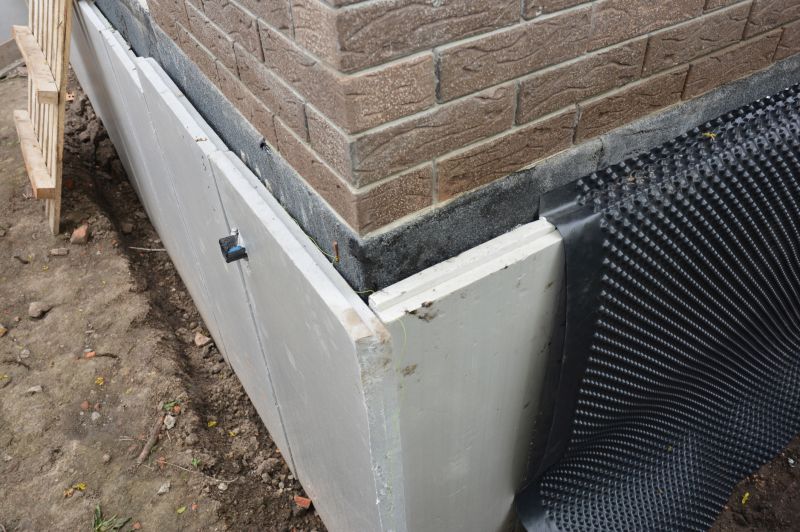
A comprehensive system supports foundation walls during construction.

Steel, wood, and adjustable supports are common materials used for bracing.

Proper bracing prevents soil pressure from damaging walls during backfill.

Bracings are temporary and removed once the foundation walls are self-supporting.

High-end options that actually feel worth it for Foundation Wall Bracings.
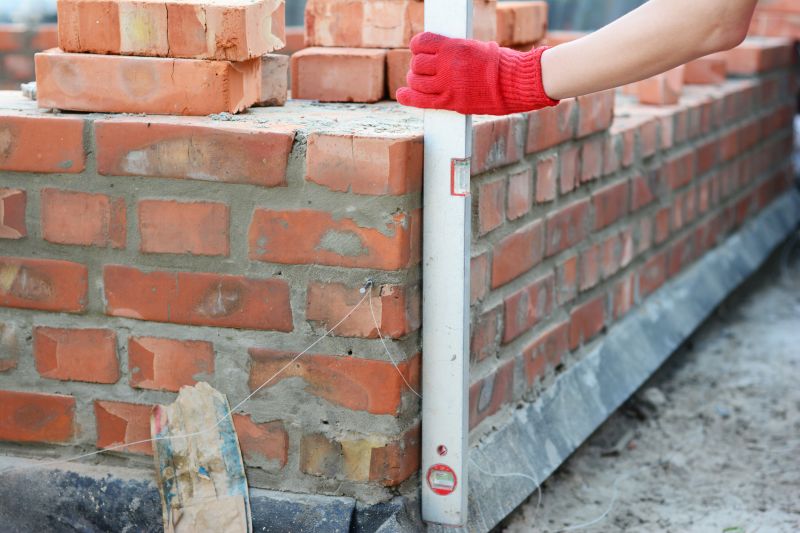
Finishes and colors that play nicely with Foundation Wall Bracings.
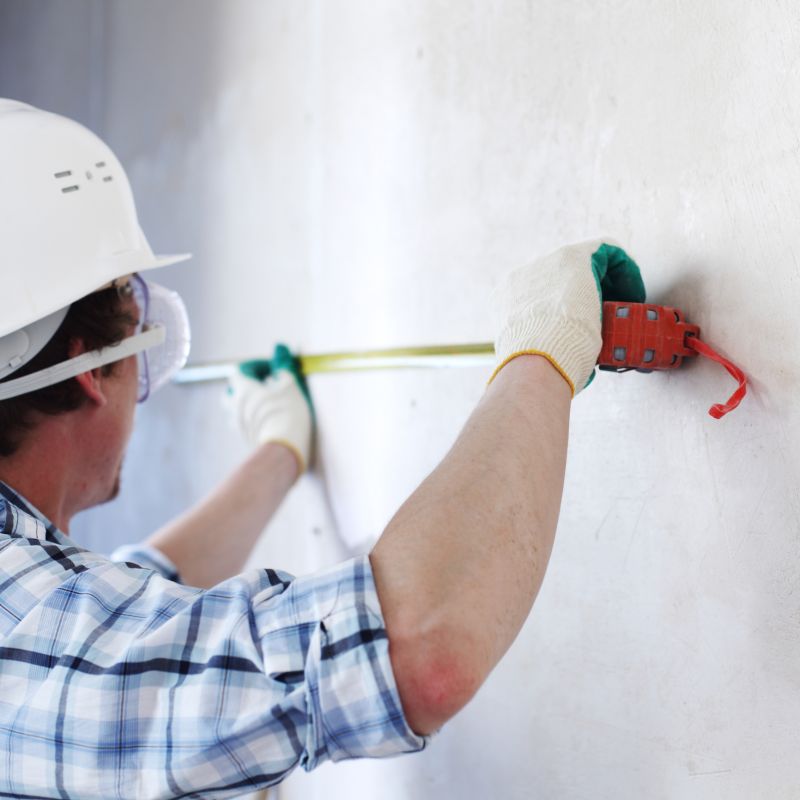
Little measurements that prevent headaches on Foundation Wall Bracings day.

A 60-second routine that keeps Foundation Wall Bracings looking new.
| Aspect | Details |
|---|---|
| Optimal Installation Time | After concrete curing and before backfilling |
| Weather Considerations | Install promptly in cold climates to prevent frost damage |
| Support Duration | Until walls are fully cured and capable of supporting lateral loads |
| Material Durability | Select materials suitable for soil and moisture conditions |
| Risk of Improper Timing | Increased potential for wall cracking and failure |
| Inspection Frequency | Regular monitoring during support period |
| Backfilling Timing | Immediately after bracings are securely in place |
| Structural Safety | Supports prevent movement and ensure foundation stability |
Proper timing for foundation wall bracings is crucial for maintaining structural stability during construction. Installing supports after concrete walls have cured and before backfilling ensures that lateral forces are effectively managed. Delays or premature removal of bracings can lead to cracks, shifting, or even collapse, especially in areas prone to soil pressure or water influence. Using durable materials and adhering to recommended timelines enhances the longevity and safety of the foundation.
Additional images depict various stages of bracing installation, including initial placement, support during backfilling, and ongoing monitoring. These visual references highlight best practices and emphasize the importance of timing for ensuring a stable foundation structure.
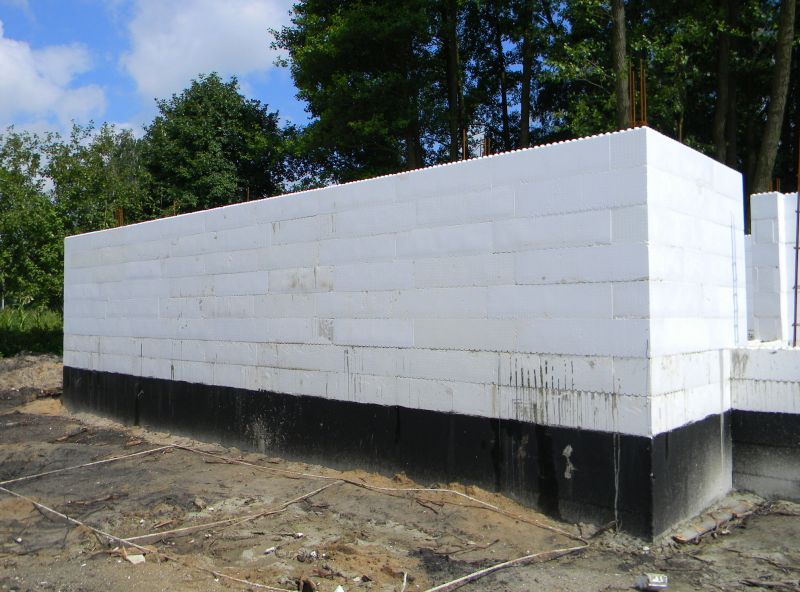
Foundation walls supported securely during the critical curing period.
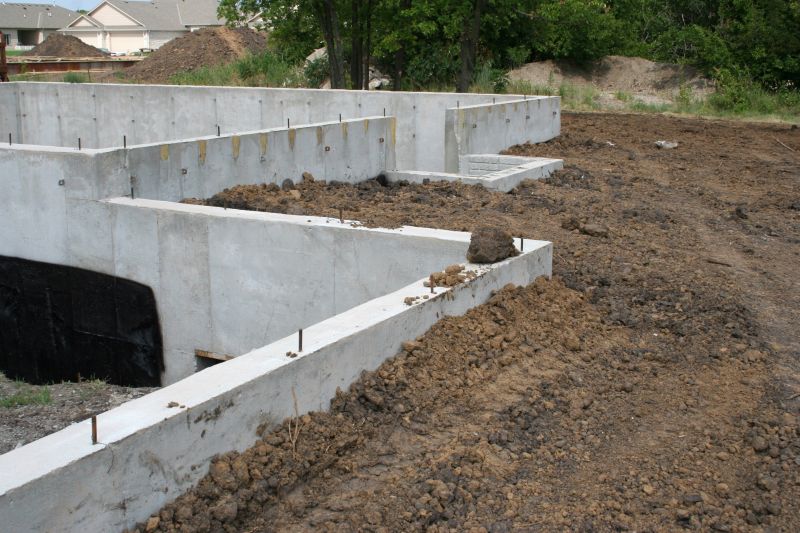
Soil is added around walls with bracings in place to prevent movement.
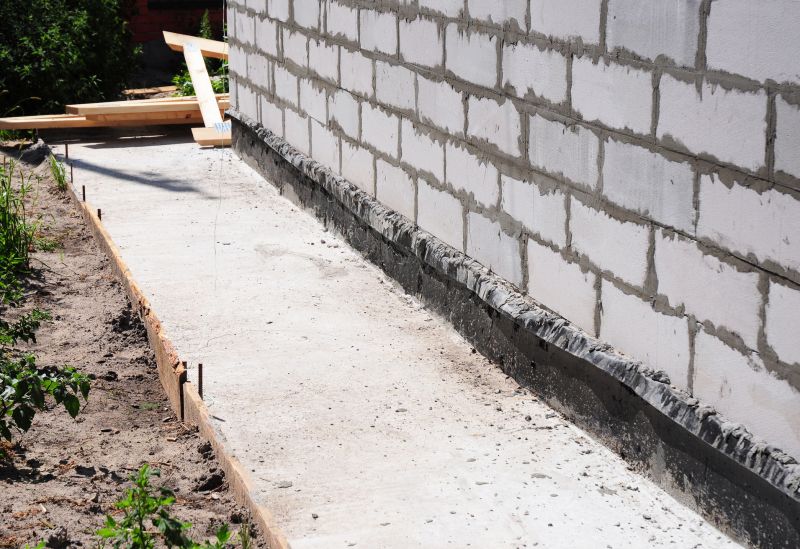
Regular checks ensure the integrity of the support system.

Bracings are removed once walls are stable and self-supporting.

A frequent mistake in Foundation Wall Bracings and how to dodge it.
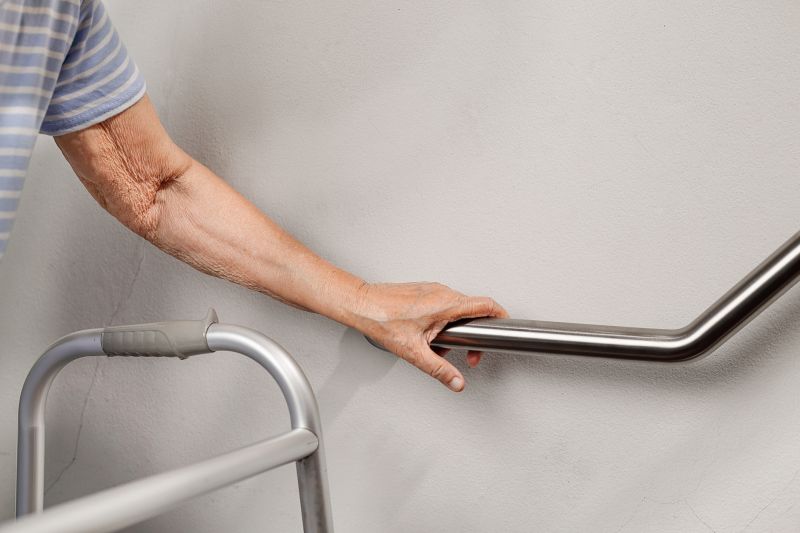
Small tweaks to make Foundation Wall Bracings safer and easier to use.
Interested in foundation wall bracings? Filling out the contact form can provide more detailed information tailored to specific project needs and site conditions.
